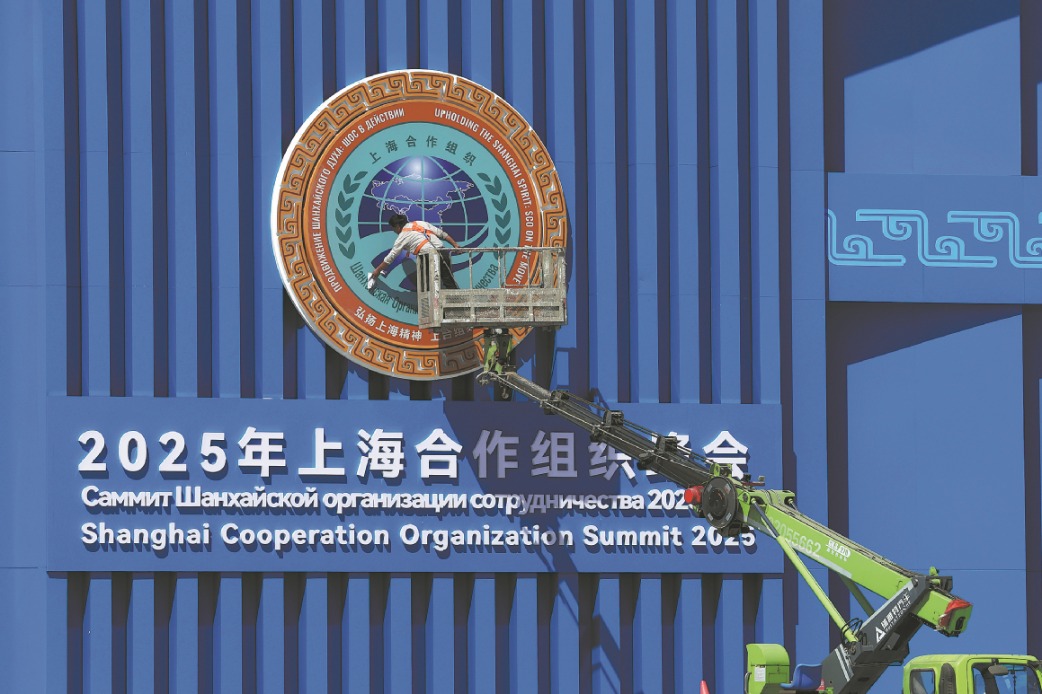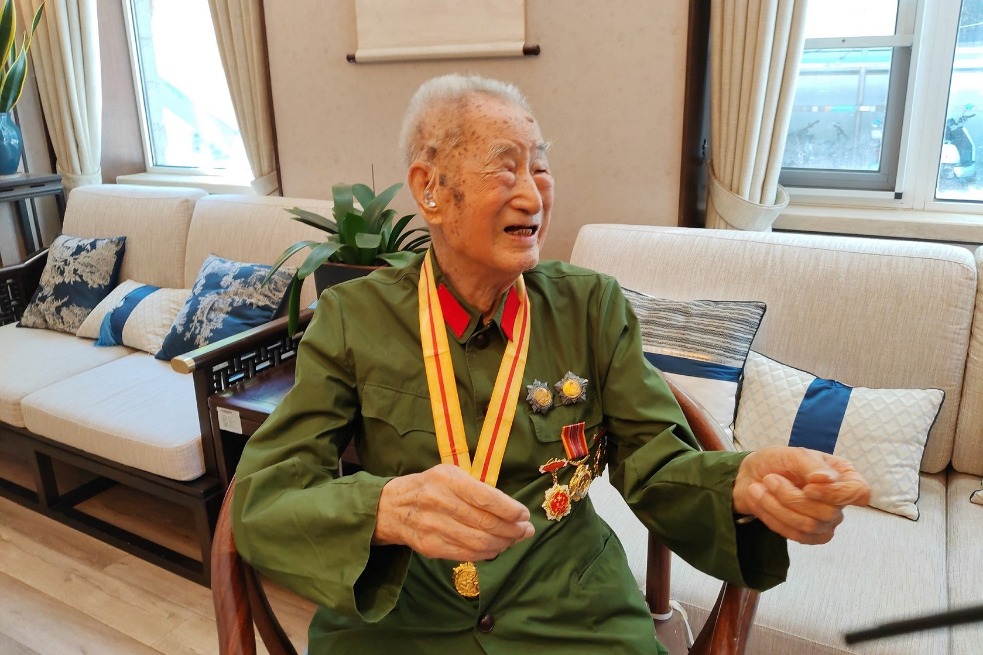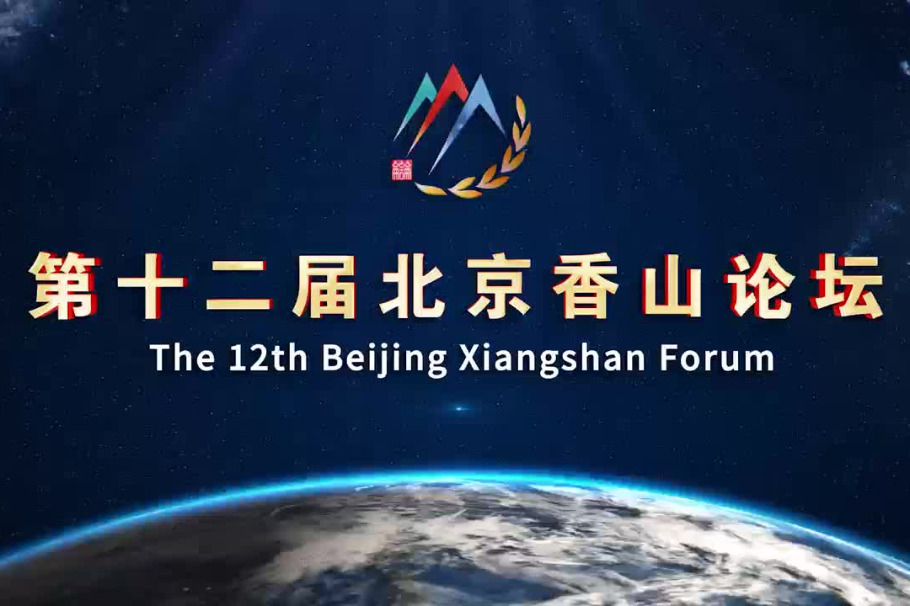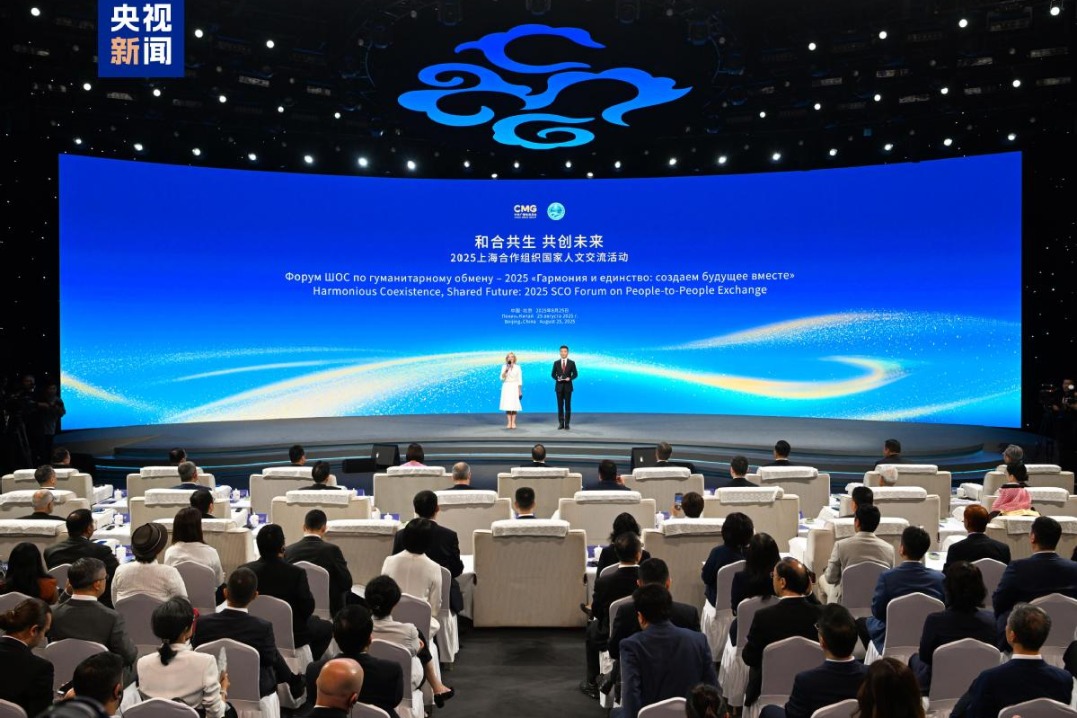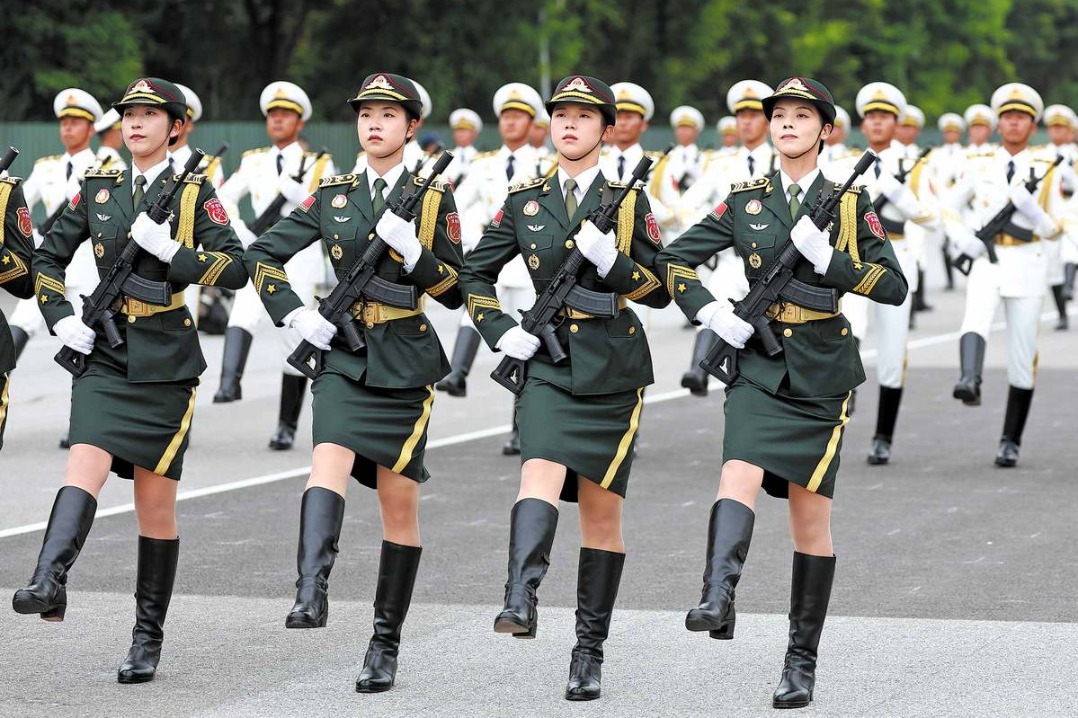Hainan's customs closure a milestone


China is intensifying its institutional opening-up by moving toward "customs closure" in the Hainan Free Trade Port. This independent customs operation means goods entering or leaving the island province of Hainan, unless destined for any place on the Chinese mainland, will be subject to fewer customs checks and potentially lower or no tariffs.
The move is not just a technical shift in border management, but also a broader transition from policy experimentation to system-wide implementation, and regional pilot to national strategy, in order to promote trade and investment in Hainan, and attract more businesses and investments.
For international observers seeking to understand how China is adapting to a rapidly changing global landscape, Hainan offers a case study in balancing opening-up with resilience, innovation with governance.
Over the past decade, China has been adhering to a more targeted, rules-based trade policy, with the Hainan Free Trade Port being the most comprehensive example of this policy shift. Conceived as a high-standard, global trade and investment platform, the port is designed to test the feasibility of deepening liberalization under a clearly defined institutional framework.
"Customs closure" is central to this vision. It is based on a "first line" and "second line" model, with the "first line" managing the flows between Hainan and overseas markets under simplified procedures, and the "second line" — linking the Hainan island to other provinces and regions — applying stricter regulatory oversight. This allows Hainan to operate as a separate customs territory while remaining within China's sovereign borders, and aligning with international trade rules.
The "customs closure" is not just about facilitating trade; it is also about creating a predictable and transparent policy environment to attract more international investors, and enable China to pilot advanced regulatory models — for example, on taxation, data governance, environmental standards and digital trade — in a controlled but globally visible way.
Hainan's strategic location at a crossroad of the Pacific and Indian oceans allows it to play a unique role in facilitating regional economic integration. As free trade agreements such as the Regional Comprehensive Economic Partnership gather momentum, Hainan is well-positioned to serve as a gateway between China and Southeast Asia.
In particular, for mainland-based companies looking to expand their regional footprint, Hainan provides an operational base, offering simplified procedures and better access to overseas markets. For foreign enterprises, it offers entry into the Chinese market.
However, China realizes the importance of risk control. When it comes to food safety, public health, border security, bio-security, anti-smuggling operations and other fields, the port follows best international practices and enforces strict regulations. Its goal is to strike a balance between opening-up and security, flexibility and oversight.
Hainan's recent trade performance has fulfilled the early promise of the free trade port model. Between 2020 and 2024, the port's average annual growth in goods and services was over 30 percent, significantly higher than the national average.
But the real test will begin with the "customs closure", because it will prompt Hainan to move toward full implementation of key institutional reforms: zero tariffs on designated goods, a streamlined tax system, simplified investment approval, and open access to sectors such as education, healthcare and finance.
Also, the customs closure will lay the groundwork for wider institutional innovations, reflecting China's efforts to align with international rules, and strengthened cross-border data governance, including adopting a "negative list" model to ensure the orderly flow of data.
Hainan is also set to explore new standards for green trade and sustainable development, including mechanisms for assessing supply chains' carbon emissions, eco-friendly practices and ecological compliance. The education sector, too, is expected to benefit from high-level opening-up, with Hainan allowing qualified foreign universities to establish campuses with full academic autonomy. And to promote talent mobility, the authorities will implement a more inclusive, points-based skilled immigration system, along with a more flexible approach to granting visa and residence permits to international professionals.
These initiatives represent a conscious effort to build a globally competitive, innovation-oriented environment to attract long-term investments and high-level talents, and build global trust.
One of the key challenges in institutional opening-up is consistency. The Hainan Free Trade Port Law, enacted in 2021, provides legal support for the port's development. It defines Hainan as a customs-supervised special zone operating as a separate customs territory within the national territory. This clarity will attract more investors.
The law will also help achieve a number of policy targets. For example, by the time of full "customs closure", several taxes, including VAT, consumption tax and vehicle purchase tax, will be merged or replaced under a simplified regime, reducing transaction costs, making policies more transparent, and creating a level playing field for all types of enterprises.
The move toward "customs closure" in the Hainan Free Trade Port comes at a time when global economic governance is in flux, multilateral trade mechanisms face uncertainty, supply chains are undergoing reconfiguration, and economic security is increasingly prioritized.
Hainan provides an apt example of how countries can implement pragmatic, phased and rules-based opening-up. Rather than seeking confrontation or decoupling, China is integrating with the world through institutional innovation. The Hainan Free Trade Port is one step in this journey. It may not address all the challenges, but offers a meaningful pathway to build trust, create value, and share the fruits of globalization.
The author is the president of China Institute for Reform and Development and Hainan Institute for Free Trade Port Studies. The views don't necessarily represent those of China Daily.
If you have a specific expertise, or would like to share your thought about our stories, then send us your writings at opinion@chinadaily.com.cn, and comment@chinadaily.com.cn.



















